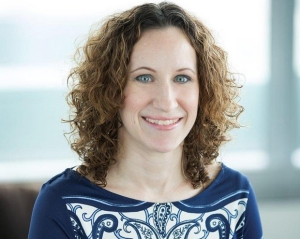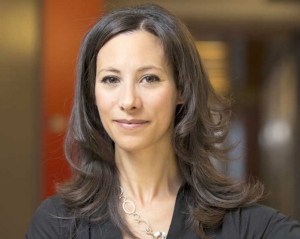Concordia research in this field taps into areas outside of traditional business studies. To reveal methods to train effective leaders, improve employee wellbeing or help women rise in the ranks, Department of Management faculty employ theories of organizational psychology to examine the human side of corporate industry.
“I’ve always been interested in psychology,” says Kathleen Boies, Concordia University Research Chair in Leadership Development and professor in the Department of Management. “I’m really interested in how leaders can shape how other people think — by their vision, by how they articulate it and by how they shape how people think together,” she says.
Boies’s early academic interest in the field of organizational psychology has over the last few years slowly evolved into a focus on leadership development.
She eagerly dispels a common misconception that leaders are born and not made, citing results of a major study she co-authored six years ago. This study required a student actor from Concordia’s Department of Theatre to play a manager who displays different leadership behaviours in a series of scenarios developed by a professional stage director. Each of these scenes was filmed and shown to 44 teams of subjects as they carried out a “resource-maximization” project using Lego blocks.
“Working with an actor and a stage director was fun to do,” Boies relates. “This actor displayed various leadership behaviours under experimental conditions, which led to different levels of performance and different types of communications within the teams. In the end, there were some really interesting differences, depending on the leadership style the actor displayed.”
That study’s methodology underscores Boies’s assertion that leadership can be taught. “If an actor can be trained to display these different leadership behaviours, then other people can also be trained to do the same,” she says.
Enhancing the coaching experience
Boies is currently working on two large-scope projects, both funded by Social Sciences and Humanities Research Council of Canada grants. One, in collaboration with Louis Baron of Université du Québec à Montréal, requires what Boies calls a “quasiexperimental methodology” and aims to improve the executive coaching experience. Boies and Baron work hands-on with several local companies, mainly in the financial and transportation sectors. They have organized a process by which people being coached for leadership positions are subjected to one of two different methods.
“We have people in the field who are starting a coaching process, and we assigned some of them to a structured coaching — a way to think about your experiences to extract more meaning from them,” says Boies. “You go through experiences and you may learn nothing from them, but this coaching technique might make your experiences more meaningful.” For this study, half of those being coached have been assigned the structured technique, while the other half are following the regular coaching process.
“We’re following them over a period of several months and looking at their coaching process and whether or not they become more adaptable and flexible in the end,” she says. “We think that if you can extract more meaning from your experiences, you’ll gain a better understanding of how to act in different situations and have a better understanding of your environment and what behaviours are appropriate in different situations.”
 Tapping into the field of organizational psychology, Kathleen Boies seeks out new ways of training future organizational leaders.
Tapping into the field of organizational psychology, Kathleen Boies seeks out new ways of training future organizational leaders.
 Montreal native Tracy Hecht’s work searches for ways to help individuals achieve work-life balance.
Montreal native Tracy Hecht’s work searches for ways to help individuals achieve work-life balance.
 Alexandra Panaccio, who earned a law degree from Université de Montréal before switching to academia, investigates ways of avoiding employee burnout.
Alexandra Panaccio, who earned a law degree from Université de Montréal before switching to academia, investigates ways of avoiding employee burnout.
 Ingrid Chadwick researches how women tackle business leadership roles.
Ingrid Chadwick researches how women tackle business leadership roles.